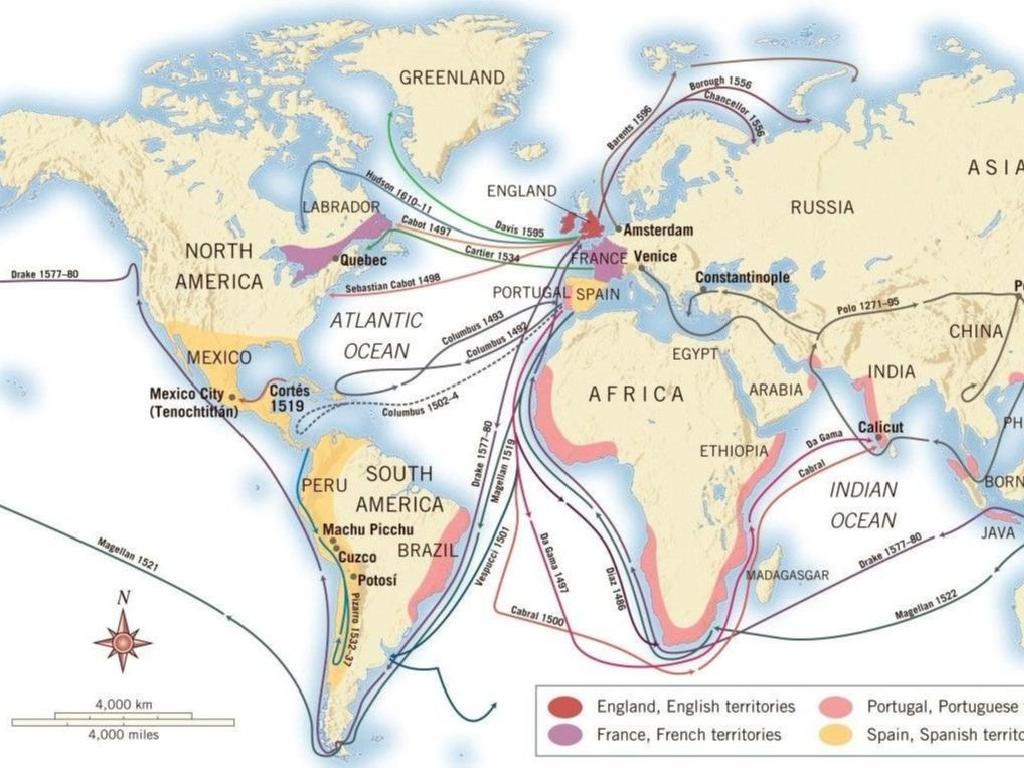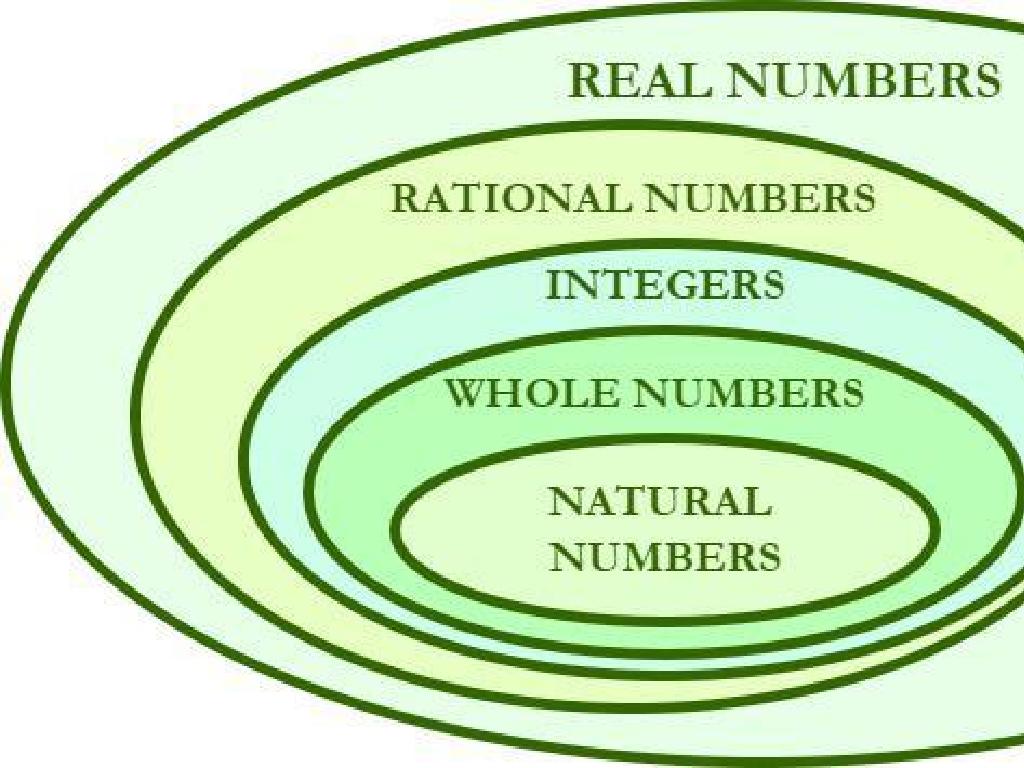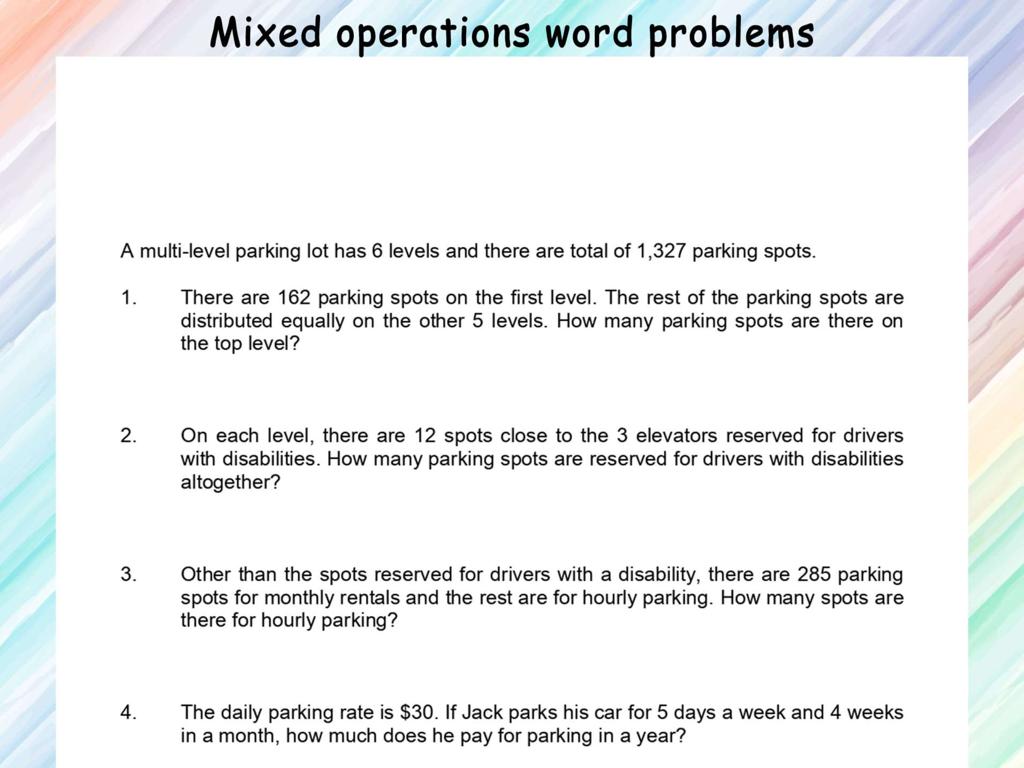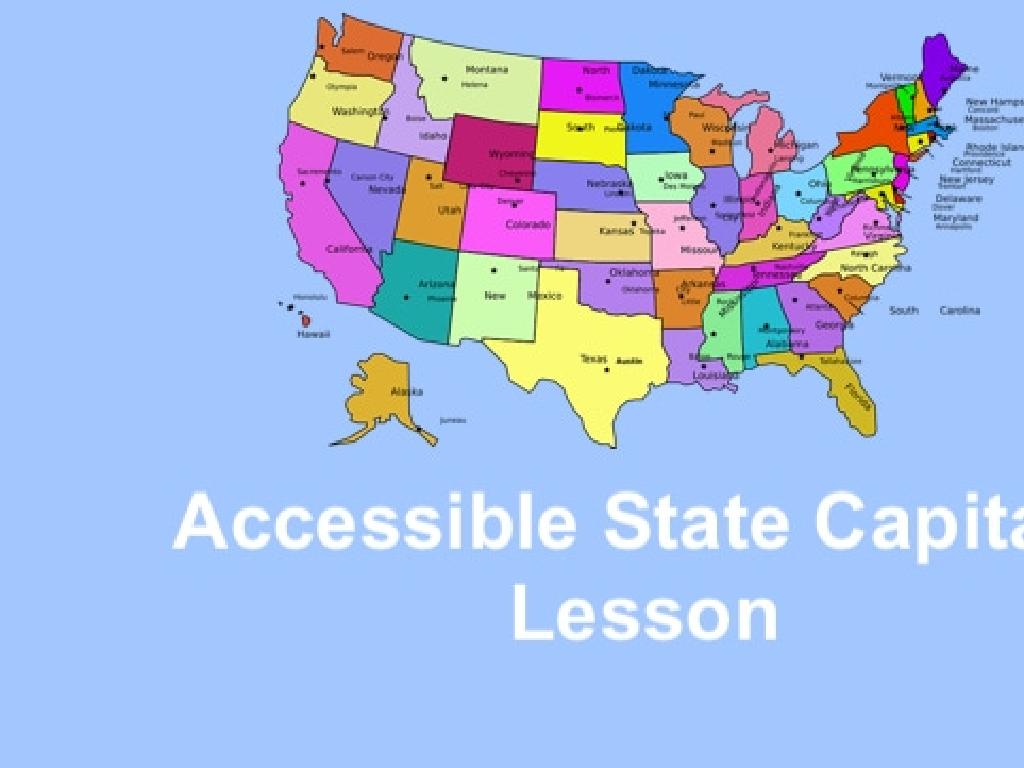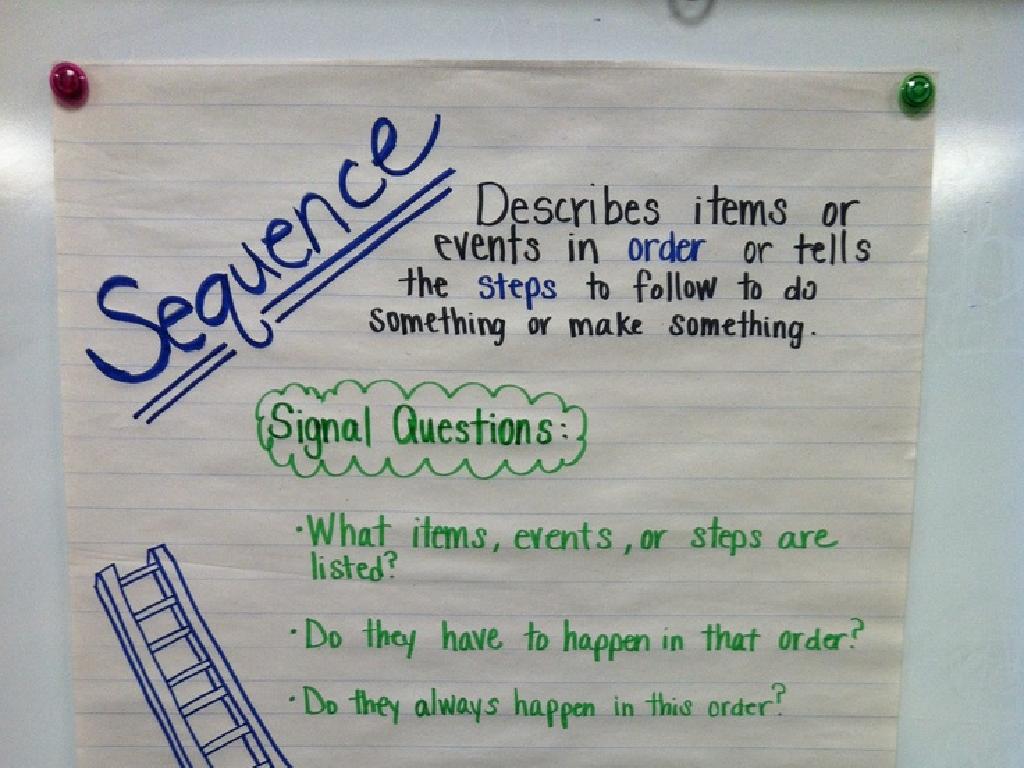Is It A Polygon?
Subject: Math
Grade: Fifth grade
Topic: Polygons
Please LOG IN to download the presentation. Access is available to registered users only.
View More Content
Introduction to Polygons
– What defines a polygon?
– A shape with straight sides, closed, and no curves
– Key characteristics of polygons
– Must have at least 3 sides, called vertices, and the sides must be straight lines
– Examples of polygons
– Triangles, squares, and rectangles
– Non-examples and why
– Circles or shapes with any open parts or curves are not polygons
|
Begin the lesson by defining a polygon as a flat shape with straight sides that are fully connected to form a closed figure. Emphasize that polygons are 2-dimensional shapes, and they can have any number of sides as long as they are straight and create a closed loop. Show visual examples of common polygons like triangles, quadrilaterals (including squares and rectangles), and pentagons. Contrast these with non-examples such as circles, which have no sides, and shapes with sides that do not connect to form a closed figure. Encourage students to think about everyday objects that resemble polygons and bring in pictures or items for discussion.
What Makes a Shape a Polygon?
– Polygons are 2D shapes
– Flat shapes on a plane, like paper
– Made of straight lines
– No curves – only straight edges
– Closed figures with connected lines
– Lines join to make an enclosed space
– Examples: Triangle, Rectangle
– Triangles have 3 sides, rectangles have 4
|
This slide introduces the basic properties that define polygons. Emphasize that polygons are flat, two-dimensional shapes that students can draw on paper. Highlight that polygons must have straight lines; curved lines do not make a polygon. Ensure students understand that the lines of a polygon must connect at every end, leaving no openings, to form what we call a ‘closed path’. Provide examples of common polygons such as triangles and rectangles, and ask students to identify the number of sides each shape has. Encourage them to draw their own polygons and count the sides to reinforce the concept.
Exploring Types of Polygons
– Triangles have 3 sides
– Example: Equilateral triangle
– Quadrilaterals have 4 sides
– Example: Square or rectangle
– Pentagons have 5 sides
– Example: Regular pentagon
– Hexagons have 6 sides
– Example: Regular hexagon
|
This slide introduces students to the concept of polygons, focusing on the number of sides that define different types. A triangle has three straight sides and three angles. Quadrilaterals, such as squares and rectangles, have four sides. Pentagons have five sides and are often seen in home plates in baseball, while hexagons with six sides can be found in honeycombs. Encourage students to think of other examples of these polygons in real life. This will help them to better understand and remember the different types of polygons. Ask students to draw each type of polygon and label the number of sides to reinforce their learning.
Regular vs. Irregular Polygons
– Regular polygons: equal sides and angles
– Examples: square, equilateral triangle
– Irregular polygons: sides and angles vary
– Examples: rectangle (sides), scalene triangle (angles)
|
This slide introduces students to the concept of regular and irregular polygons. Regular polygons, such as squares and equilateral triangles, have sides of equal length and angles of equal measure. In contrast, irregular polygons do not have this uniformity; rectangles are an example where sides differ in length, and scalene triangles have angles of different measures. Encourage students to identify and classify shapes in their environment or from a shape chart. This understanding is fundamental in geometry as it helps in recognizing patterns and properties of different shapes.
Is it a Polygon?
– Examine various shapes
– Recall polygon characteristics
– Polygons are 2D, closed figures with straight sides
– Apply characteristics to shapes
– Check for closed figures with straight lines
– Determine if each shape is a polygon
– Use the rules to classify shapes as polygons or not
|
This slide is aimed at helping students understand what polygons are by examining different shapes and applying the characteristics of polygons to each. Start by reviewing the key attributes of polygons: they are two-dimensional, have straight sides, and are closed figures. Encourage students to look at each shape and use these criteria to decide if it’s a polygon. This exercise will reinforce their understanding of polygons and help them differentiate between polygons and other shapes. Provide a variety of examples, including both regular and irregular polygons, and shapes that do not meet the criteria, to ensure a comprehensive understanding.
Classifying Shapes: Polygon or Not?
– Classify shapes as ‘Polygon’ or ‘Not a Polygon’
– Discuss criteria for being a polygon
– A polygon has straight lines, and is fully closed
– Explain why a shape is a polygon
– Example: A triangle with 3 straight sides
– Explain why a shape is not a polygon
– Example: A circle is not a polygon because it has no straight lines
|
This slide is aimed at helping students understand the concept of polygons by classifying various shapes. A polygon is a flat figure that is made up of straight lines and is fully closed. Each vertex must connect to exactly two other vertices. Provide students with examples of polygons (triangles, rectangles, pentagons) and non-polygons (circles, shapes with curves, open figures). Encourage students to look at each shape and discuss the properties that make it a polygon or not. This will help them to understand the defining characteristics of polygons and apply this knowledge to classify shapes correctly. For the activity, students can draw or use shape cut-outs to classify and justify their reasoning in groups or individually.
Class Activity: Polygon Hunt
– Search for polygons in class
– Draw and label your findings
– Include the number of sides and vertices
– Discuss the shapes with peers
– Share with the class
– Explain why each shape is a polygon
|
This interactive activity is designed to help students recognize polygons in their everyday environment. Encourage them to look for objects that have closed shapes with straight sides. Remind them that polygons can be regular (all sides and angles are equal) or irregular. Once they find an object, they should draw it on paper, label the number of sides and vertices, and be prepared to explain why it is a polygon. This will help them understand the properties of polygons. For the sharing portion, consider breaking the class into small groups so each student gets a chance to present their findings. Possible variations of the activity could include finding polygons outside of the classroom, creating polygons with craft materials, or using technology to draw and label polygons.
Wrapping Up: Polygons
– Recap polygon characteristics
– Polygons are 2D shapes with straight sides, e.g., triangles, rectangles.
– Why polygons matter
– Knowing polygons helps in geometry, art, and design.
– Time for questions
Ask anything about today’s lesson on polygons.
– Keep exploring shapes!
|
As we conclude today’s lesson, we’ll review the key characteristics that define polygons – they are two-dimensional shapes with straight sides that are fully closed. Understanding polygons is crucial as it lays the foundation for more complex geometric concepts and is applicable in various fields such as art, architecture, and engineering. Encourage the students to ask any lingering questions they might have about polygons to ensure they are clear on the topic. Finally, motivate them to continue observing and exploring different shapes around them, reinforcing their learning through real-world connections.

